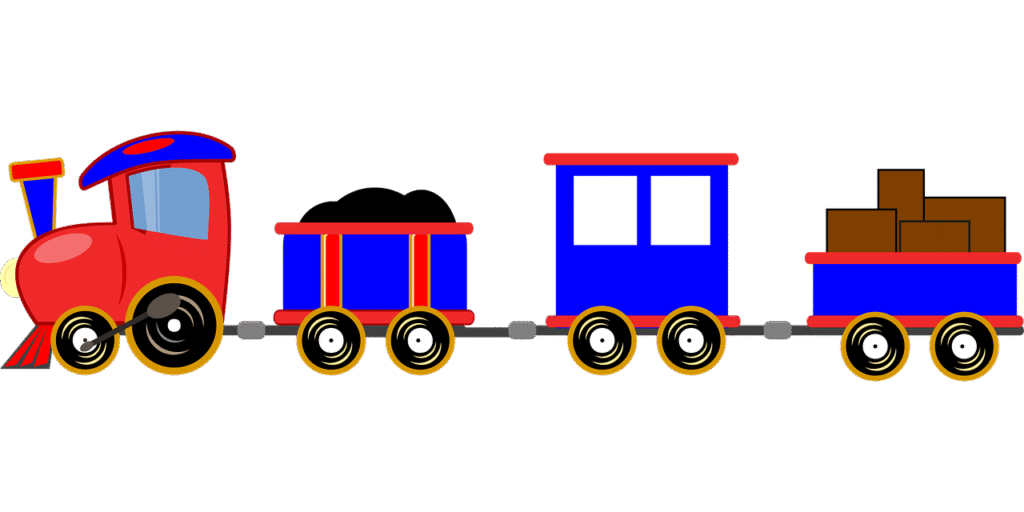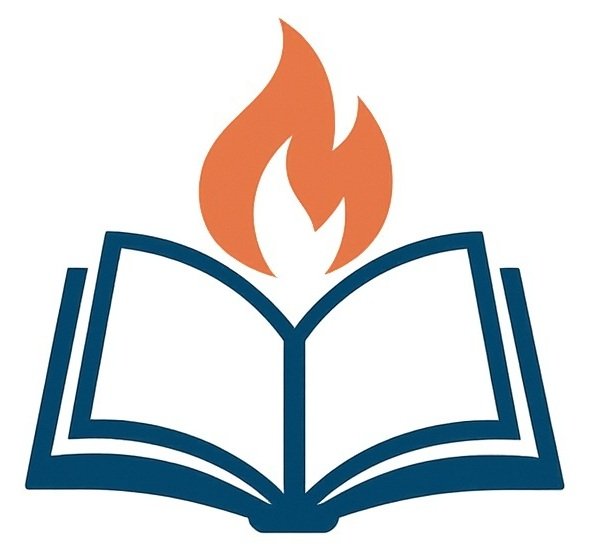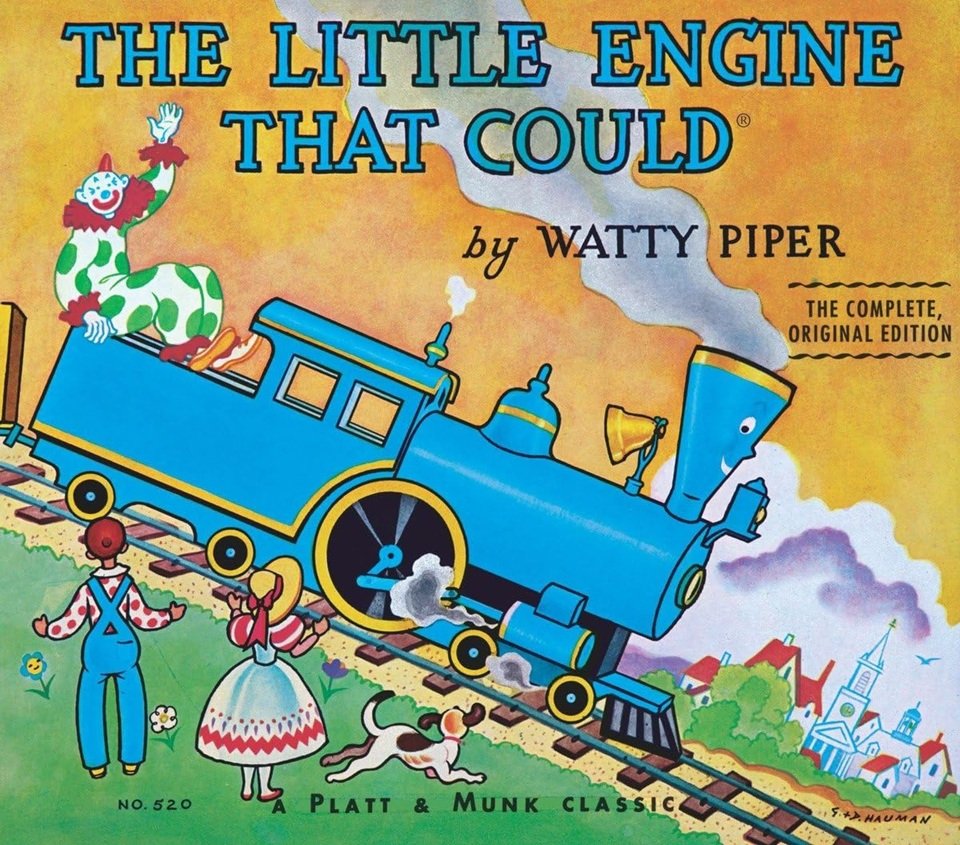Your cart is currently empty!
The Little Engine That Could, written by Watty Piper, is a timeless tale of determination and optimism. The story follows a small blue engine that bravely pulls a train over a mountain, teaching young readers the power of perseverance and positive thinking. This literature guide includes comprehension questions, character analysis, theme exploration, and creative writing activities to reinforce key lessons. Designed to engage students in meaningful discussion and critical thinking, the guide is suitable for grades K–2, helping early readers build literacy skills while embracing important life values of courage and persistence.

| Title | The Little Engine That Could |
| Author | Watty Piper |
| Year Published | 1930 (original version by Platt & Munk; story existed earlier in various forms) |
| Suitable Grade Level | K–2 |
| Key Themes | – Perseverance: Overcoming challenges through effort. – Optimism: Believing in oneself and maintaining a positive mindset. – Determination: Small efforts can achieve big results. – Helping Others: Collaboration and supporting friends in need. – Self-Confidence: Trusting one’s own abilities. |
| Literary Elements | – Characterization: The Little Engine as a brave, determined protagonist. – Plot: Simple linear narrative with rising action and resolution. – Setting: Train journey over a mountain. – Conflict: The challenge of pulling a heavy train over a mountain. – Resolution: Success achieved through determination. |
| Rhetorical Devices | – Repetition: “I think I can… I think I can” reinforces perseverance. – Alliteration: Subtle use in phrasing to create rhythm. – Personification: Trains and engines have human traits and emotions. – Symbolism: The engine represents courage and hard work. |
| Curriculum Connections | – Literacy: Reading comprehension, sequencing, vocabulary building. – Social-Emotional Learning: Discussing perseverance, self-confidence, and helping others. – Character Education: Lessons on determination, resilience, and optimism. – Creative Writing & Art: Drawing the story, retelling in own words, or writing alternative endings. |

